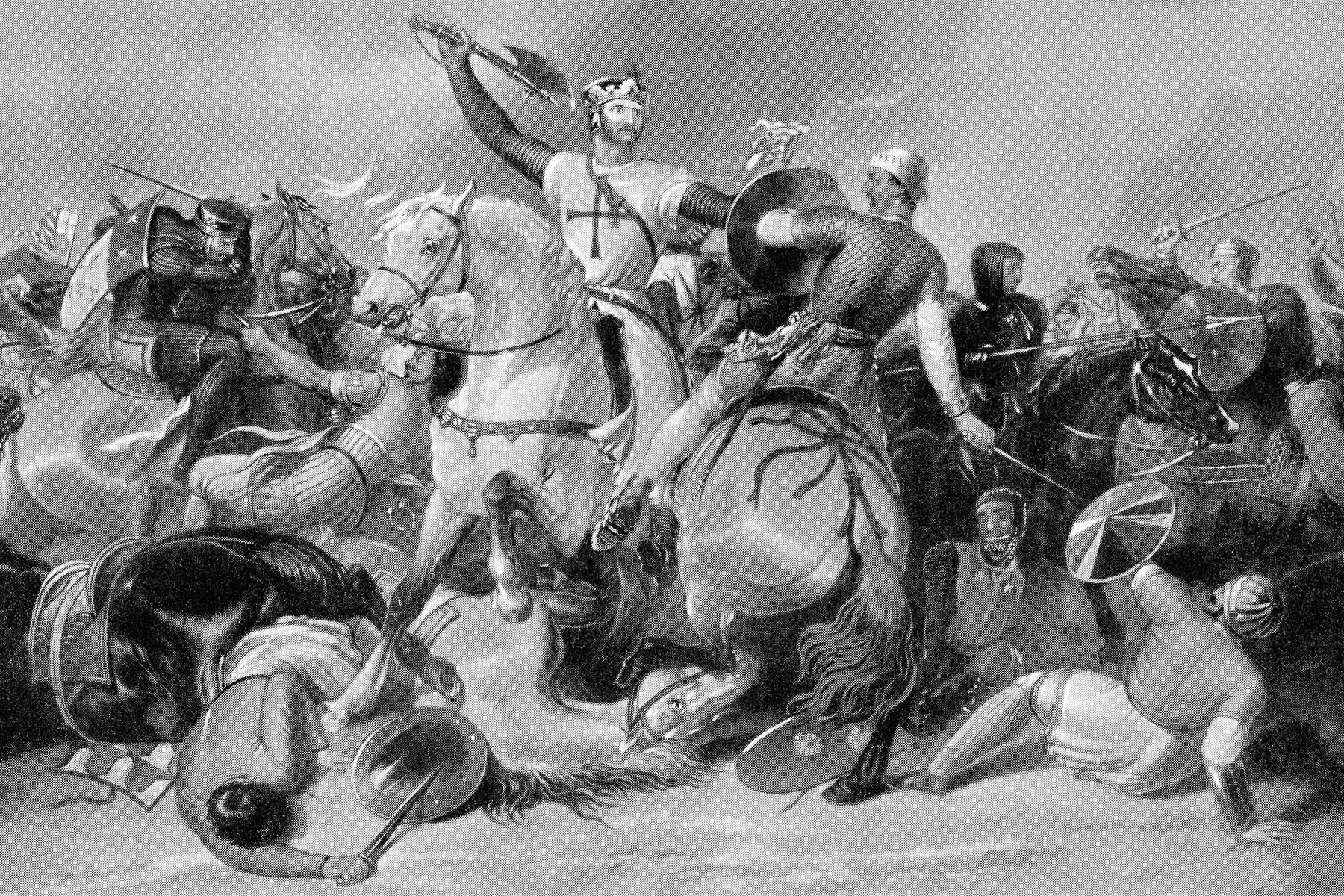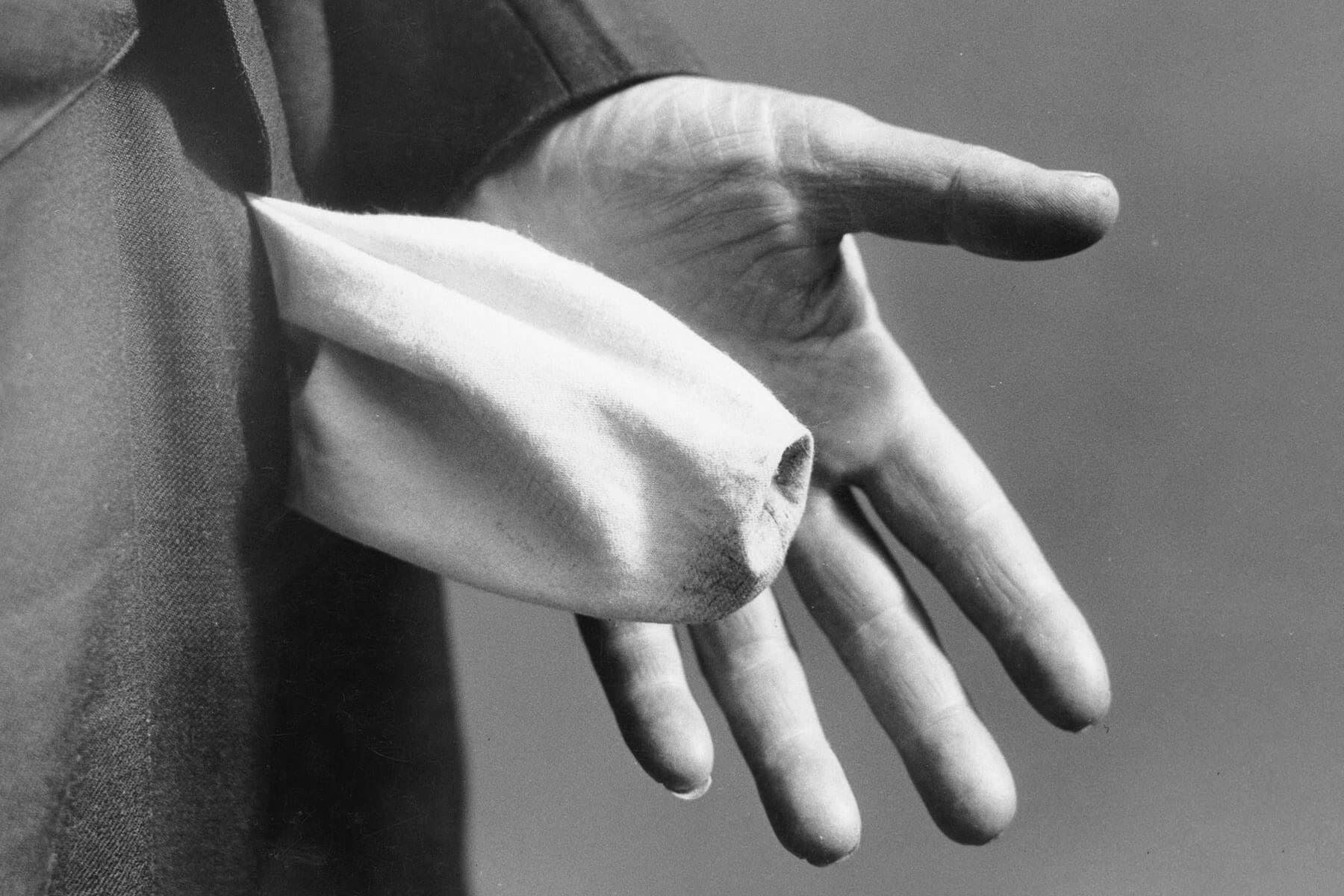The sport all English men had to practice
Tuesday, October 22, 2024
Throughout the Middle Ages, English men were required by law to practice longbow archery — a mandate that was in place for longer than you might expect. |
| |
| |
|
 |
|
| T hroughout the Middle Ages, English men were required by law to practice longbow archery — a mandate that was in place for longer than you might expect. Early laws encouraged practicing archery indirectly: King Henry I, who ruled England from 1100 to 1135, declared that deaths accidentally caused by practicing archers didn't count as murder or manslaughter. During the reign of Henry III, the 1252 Assize of Arms required that able-bodied men of a certain means between the ages of 15 and 60 be equipped with a bow and arrows and know how to use them — although residents of England's royal forests had to practice with blunt arrows to protect the king's game. |
|
|
| In 1363, King Edward III, who was in the midst of the Hundred Years' War and convinced that archery skills were "almost wholly disused," declared that able-bodied men must practice archery on holidays. The Archery Law, enacted that same year, further demanded practice on Sundays. Edward also outlawed, on pain of imprisonment, watching or participating in "vain games of no value," a wide net that included handball, football, hurling stones, and cockfighting. |
|
| Subsequent kings laid down similar acts: Richard II banned several games and required serfs and peasants to practice the longbow, and Edward IV set minimum imports for equipment. Henry VIII, after introducing several bans on games and tighter enforcement procedures earlier in his reign, passed one of the most notorious pro-archery laws of all in 1541: It nullified all previous acts, banned even more non-archery sports, and exempted wealthy people. In addition to requiring men under 60 (and, to a lesser extent, their male children) to own a certain amount of archery equipment, it empowered employers to garnish the wages of any servants who didn't have it. The 1541 law was still on the books in bits and pieces until the 20th century, but England's Betting and Gaming Act of 1960 finally nullified the last of the country's longbow mandates. |
|
 |  |
|
|
 |
|
| |
|
| Approximate number of English people who participated in archery in 2022 | | | 25,100 |
| | | Archery injury rate for participants 6 years old and older | | | .044% |
| | | Archery injury rate for participants 6 years old and older | | | .044% |
|
|
|
| Distance (in yards) of the farthest target hit by a male archer | | | 361 |
| | | Length (in years) of the Hundred Years' War | | | 116 |
| | | Length (in years) of the Hundred Years' War | | | 116 |
|
|
|
 |
|
 | | Did you know? |
|
|
Humans have been using bows and arrows for more than 60,000 years. |
|
| Yew longbows were exciting new military technology in medieval England, but archery has likely existed in one form or another since the Stone Age. Bows and arrows are often made of organic materials that don't stand the test of time, but the earliest surviving evidence of the weapon is around 64,000 years old, discovered in Sibudu Cave in South Africa. Stone arrowheads found at the site have remnants of blood and bone on them, glue residue that could have been used to attach them to wooden shafts, and damage patterns consistent with being used as projectiles (versus signs of thrust, like would be seen on spears). Archery made an early appearance all over the world. Archaeologists found 48,000-year-old bone arrowheads in Sri Lanka's Fa-Hien Lena cave in 2020, and 54,000-year-old arrowheads in France's Grotte Mandrin in 2023. |
|

posted by June Lesley at 4:52 AM










![]()
![]()








0 Comments:
Post a Comment
<< Home